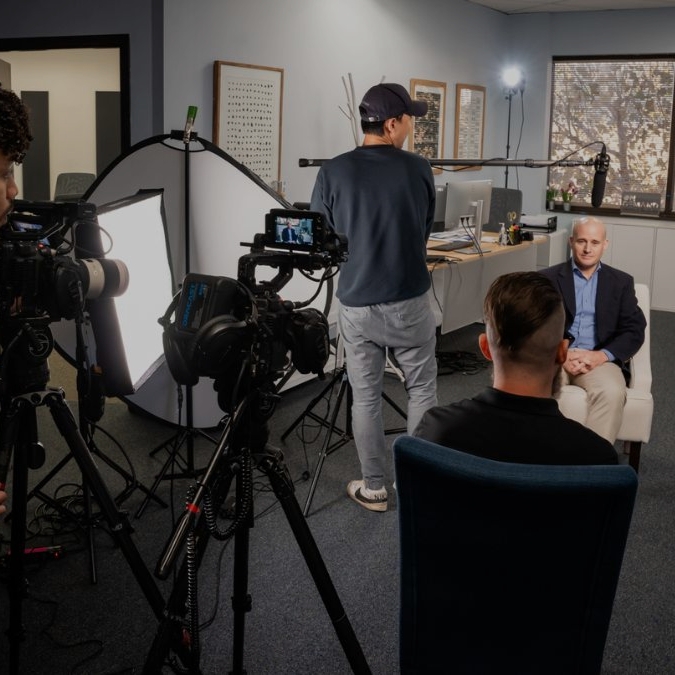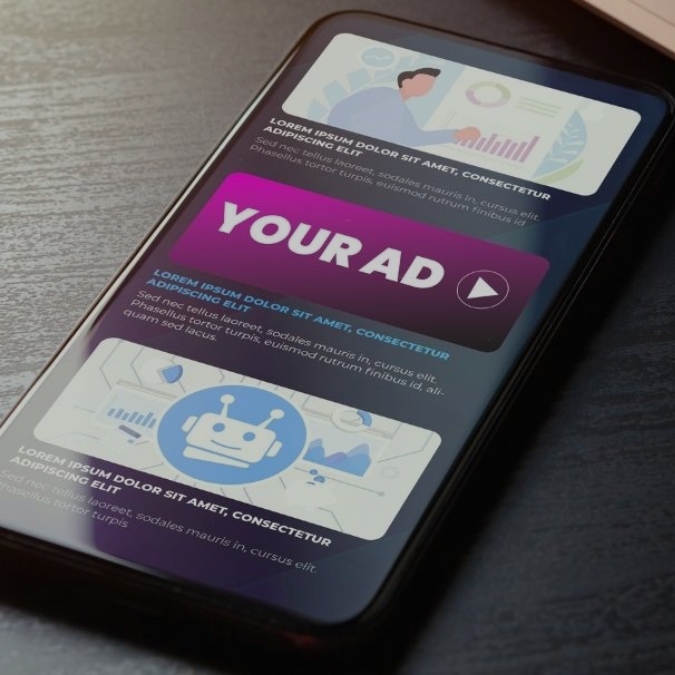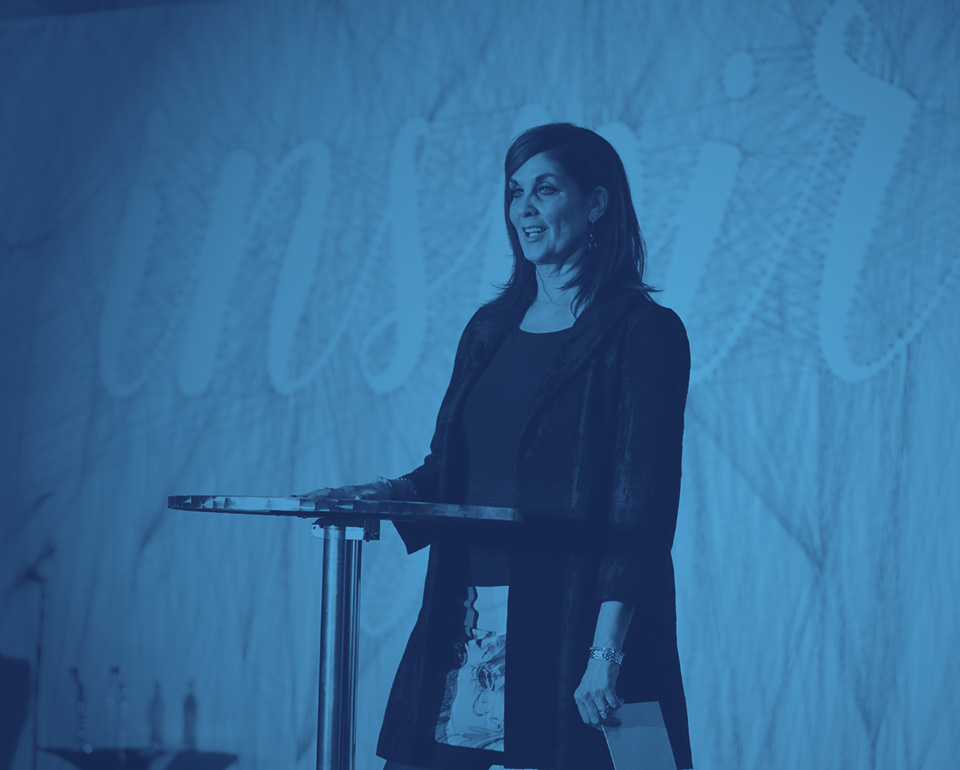Brand Stability During Chaos: Why Going Dark Costs More Than You Think
In a year of big changes and stormy business landscapes, I found myself reflecting on the brand visibility lessons learned in 2020. It’s only been 5 years (about to be 6) since the turmoil of COVID-19 and the shutdowns. During that tenuous period, marketing spends ceased, unsure of what the future would be for many industries. Projects scaled back while companies re-evaluated budgets.
But as always, life finds a way, and while things might be different, consumer interest rebounded and businesses got, well, back to business.
This year, no doubt you’ve found yourself unsure of how much to invest in marketing. It feels safe, rational even, to pause and preserve cash.
But history, data, and a few bold brands from 2020 tell a different story: staying visible during a downturn, especially with video storytelling, pays dividends long after the storm clears.
When he world goes dark, the brands that keep the lights on are the ones everyone remembers.
The 2020 Proving Ground
The COVID-19 pandemic was an unplanned stress test for every marketing department on Earth. As consumers retreated indoors and uncertainty soared, some companies froze spend while others doubled down on brand investment. The results were unmistakable.
- Procter & Gamble (P&G) kept advertising while rivals pulled back, boosting spend by more than $300 million early in the crisis. That discipline drove sales and market-share growth, proving again that consistent presence builds trust and recall when people need it most.
- The Great British Porridge Co. seized newly affordable TV spots left open by bigger brands pausing spend. The exposure catapulted them from niche to national awareness almost overnight.
- Local restaurants and breweries pivoted quickly: investing in digital ads, social media storytelling, or new online ordering experiences. Their consistent updates and community engagement helped them survive and thrive through closures.
- Cocokind kept communicating with customers during lockdowns, launching helpful, transparent campaigns around self-care and ingredient education. While competitors went quiet, Cocokind deepened loyalty and grew sales.
- Meanwhile, Coca-Cola paused most of its marketing during 2020’s first half. Analysts later contrasted Coke’s retreat with P&G’s persistence as a textbook lesson in why going dark can dim future performance.
The Psychology Behind It
During uncertainty, people crave reassurance and familiarity. Though I detailed some larger company wins above, you don’t need the budget of a Procter & Gamble or a General Mills to benefit from sustained marketing. You just need to keep your voice, stay in front of your audience, make meaningful moves (even modest ones) while many others pause. The result: when the market rebounds, you’re already present rather than scrambling to regain awareness
Your Visibility & Trust Playbook
1. Stay Visible When Others Go Silent
Keep showing up with consistent communication, even if budgets tighten. A steady presence signals stability, care, and leadership, and video updates help put faces to the message while building trust along the way.
Tip: Repurpose existing content, update past campaigns, share “behind the scenes” glimpses of your mission, or spotlight stories of resilience.
2. Reallocate, Don’t Retreat
If certain programs or events are on hold, shift resources toward outreach and storytelling instead of cutting them altogether. Move dollars and energy into channels that meet your audience where they are now: digital engagement, webinars, podcasts, or video updates.
Tip: Even modest paid promotion can extend your reach. Avenues such as display ads, geofencing, or retargeting campaigns can offer a targeted, affordable solution. Explore LAI Video’s digital ad solutions here.
3. Deepen Relationships, Don’t Disappear
For mission-driven organizations, marketing is about connection, not commerce.
Keep supporters, patients, or members engaged with consistent, human updates. Highlight progress, share gratitude, and make it easy for people to participate, even in small ways.
Tip: Regular updates (even brief ones) remind people you’re active, stable, and still delivering value. Focus on listening as much as talking by asking your audience what they need right now. Use surveys, comments, or quick polls to connect.
4. Focus on Engagement and Trust Metrics
When the world feels uncertain, growth may slow, but trust can deepen. Shift your short-term metrics from dollars raised or new members to engagement, loyalty, and reach. Those are the relationships that sustain you later.
Tip: Track and celebrate non-financial wins: increased newsletter opens, webinar attendance, or new social interactions. They’re signs your community still cares.
5. Be a Steady, Helpful Voice
You don’t have to solve every crisis, just be a source of calm, credible information.
Organizations that lead with empathy and usefulness strengthen their long-term reputation and visibility.
Tip: Position your organization as a reliable guide, not a broadcaster. Share curated resources, actionable tips, or stories that make people feel seen.
6. Remember: Visibility Is Mission Work
Marketing isn’t an extra, it’s part of fulfilling your mission.
Every update, story, or campaign that connects people to your cause reinforces your purpose and ensures you’re remembered when people are ready to act again.
In Short
Businesses don’t lose out because their budgets are smaller, they lose out when they stop communicating.
Your competitors will go quiet; that’s your chance to stand out. Keep your brand visible, even modestly, and you’ll own more mindshare, and more market, when stability returns.
Have questions or need help brainstorming your next brand visibility campaign?
Contact Us
FAQ: Brand Visibility in Uncertain Times
Why does brand visibility matter during a downturn?
Staying visible builds brand trust and shows customers you’re still here. When others go quiet, consistent communication helps grow brand awareness and customer loyalty.
What low-cost marketing channels are most effective?
Focus on digital channels like social media, email, and video. These platforms offer strong brand exposure without high spend and can support geotargeting and retargeting strategies.
How can we stay active if we’re not selling right now?
Use content marketing to share updates, highlight impact, and keep your brand identity strong. Video marketing and behind-the-scenes content help customers feel connected.
Does social media really drive results?
Yes. Social media platforms help maintain brand presence, support search engine rankings, and keep you visible in AI search tools like ChatGPT.
What role does video play in brand building?
Video brings your brand to life. It adds a human touch, builds brand value, and performs well across marketing channels, including search, email, and social.
How do we know it’s working?
Track engagement, web traffic, and search visibility. These metrics show that your branding efforts are building trust and keeping your customer base connected.
What’s the difference between brand visibility and brand awareness?
Brand visibility is about how often and where your brand appears across digital channels. Brand awareness is about whether people recognize and remember you. Both are essential for long-term growth.
How does social media help with brand recognition?
Posting regularly on social media increases visibility, builds brand recall, and drives website traffic. It keeps your brand present in the places your audience already spends time.
Why prioritize visibility when budgets are limited?
Even modest efforts help build brand equity. Staying visible during uncertainty shows consistency, which strengthens trust and positions you ahead of less active competitors.
What does a strong content plan look like during a slowdown?
It focuses on maintaining a steady digital presence. Share updates, highlight your team or community, and use video to tell real stories. These actions support search engine visibility and ongoing engagement.
How can marketers measure success beyond sales?
Track engagement, brand mentions, website traffic, and search rankings. These indicators show your visibility efforts are working, even if revenue is not the immediate goal.











